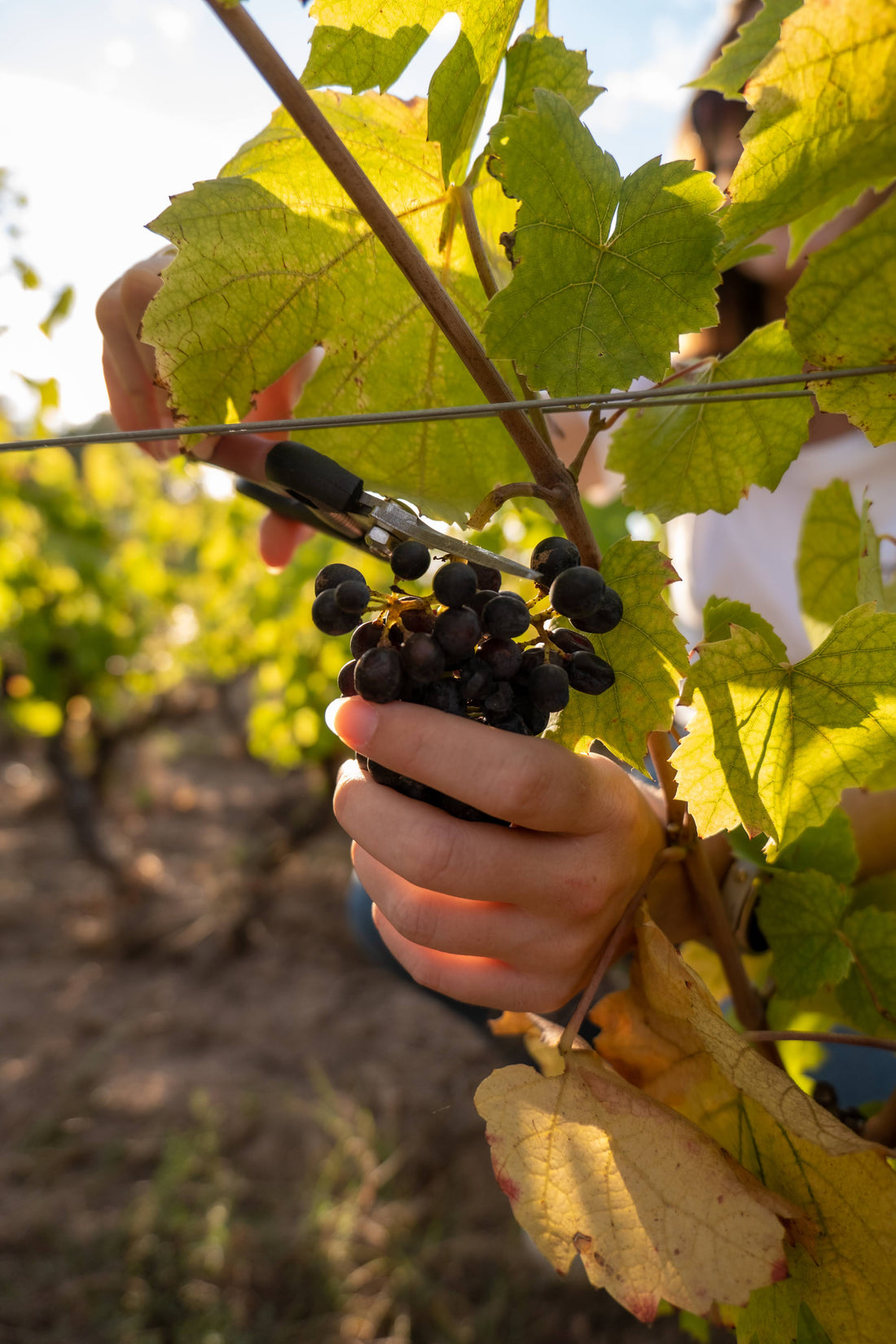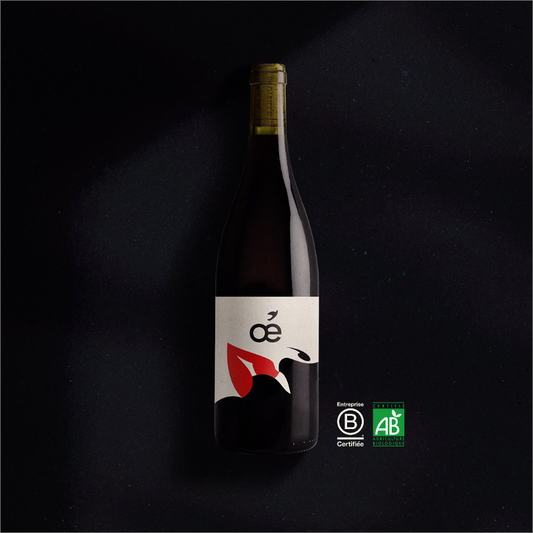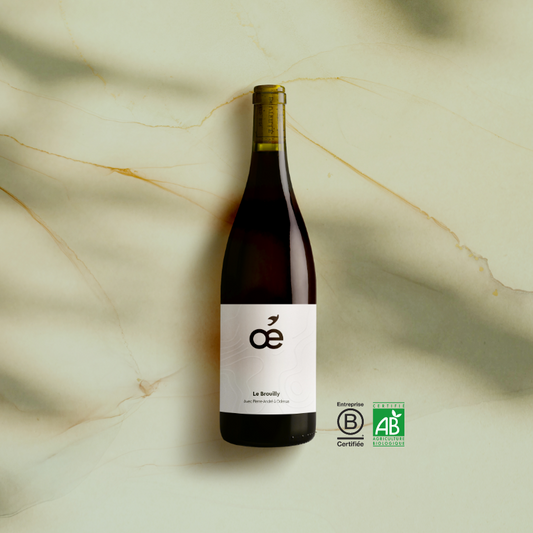In the vineyard as in the cellar, each season has its particularity! The Oé bird flies from vine to vine and explains to you step by step the daily life of our committed winegrowers over a whole year!
End of summer: harvest
The first step is the harvest! A bit like back to school, they are done in September, by hand or with tractors for larger estates. Depending on the region and grape varieties (varieties of vines), the harvest can take place over periods slightly staggered from one region to another. Once collected, the bunches of grapes are pampered by the winegrowers.
It goes through 2 stages: crushing and pressing. Treading is the winegrower who breaks the bunches of grapes to extract the sweet juices and mix them with the fermentation yeasts during the pressing - which for its part consists of pressing the grapes with more fervor. The idea is to extract all the good things from the grapes. Nothing complicated so far. Just a little elbow grease and an irresistible desire to taste a few mouthfuls of this exquisite beverage... The juice is ready to move on to the next stage: fermentation.
Beginning of autumn: fermentation
For fermentation to take place, sugar and yeast are needed! A ripe bunch of grapes is full of natural sugars and yeasts on the surface of its skin. As soon as it bursts, fermentation begins. The first fermentation transforms the sugars of the grapes into alcohol and carbon dioxide thanks to the yeasts. Then the second fermentation (called malolactic) transforms, by chemical reaction, malic acid into lactic acid. This fermentation changes the taste of the wine but does not modify the alcohol content.
Once the sugar is transformed into alcohol, the yeasts naturally die and the residual sugars will remain in the wine. The sweeter the grape, the higher the alcohol content and vice versa . Grapes growing in the northern hemisphere get less sun and will be less sweet than grapes growing in the south. And yes, the wines will be different at the tasting!
In winter: wine aging and vines
The taste of wine changes upon contact with the barrel in which it ages. Oak gives different flavors to a stainless steel tank (stainless steel tanks do not bring any modification to the wine while wood will give it aromas of vanilla, coconut, etc.). You can imagine it, but it's always better to specify it. The woody wines are highly appreciated by connoisseurs and are aged in “100% new oak” barrels. Wines can age from several months to a few years - great wines can stay 2 to 3 years in barrels or oak barrels, and most wines have a shorter stay… before being bottled for sale. At the same time, the winegrower prunes his vine after its dormant period (yes, yes! The vine hibernates in winter) so that it starts off again on a good basis for the future cuvée. At the same time, he participates in numerous fairs to sell previous vintages. The winegrowers are constantly on all fronts! When the vine sleeps, the cellar is busy and the wines are sold...
In spring: fining and bottling
After passing through the stainless steel vat or oak barrel box, the wine must be clarified . In the jargon of winemakers, it means to make the wine less cloudy . The winemaker then proceeds to the “ fining ”. “ Gluing ” wines means trapping suspended particles in the wine. The glues (substances used for fining) fall gently from the top to the bottom of the tank and carry the particles of the wine with them. The wines are then filtered before being bottled.
The wine is ready to be bottled! Some winegrowers add sulfur (the famous sulphites everyone is talking about) to stabilize the wine and prevent it from oxidizing. The latter is only harmful if used in large quantities. In organic, we add 3 times less sulfur and 10 times less in biodynamic than in conventional.
If a wine is bottled too quickly, fermentation can continue in the bottle. In organic, we wait for the malo (malolactic fermentation) to end naturally before bottling the wine. Once bottled, some wines are ready to be drunk immediately after fermentation, others age quietly in their bottle while waiting for the lucky ones who will taste them!
From grapes to glass of wine, a lot is happening in the beautiful estates of our committed winegrowers! With each mouthful tasted, it is all the love of the winemaker for his terroir that is expressed to make you live the most beautiful experience.





